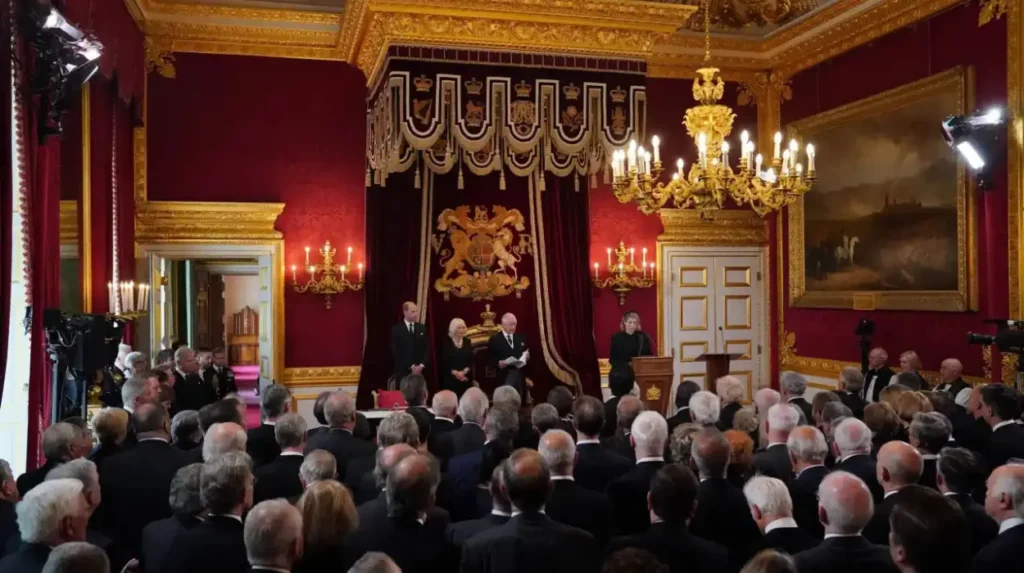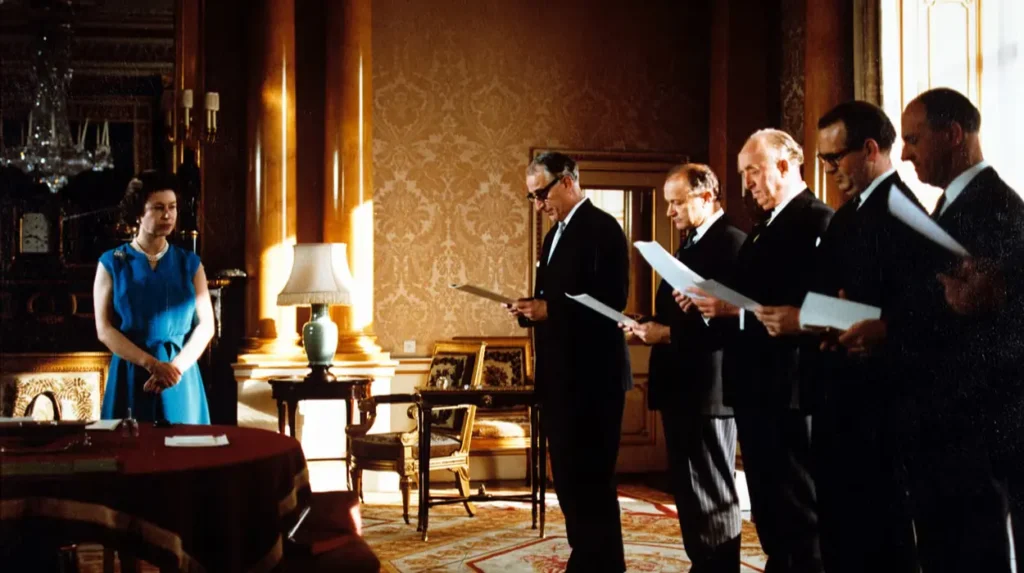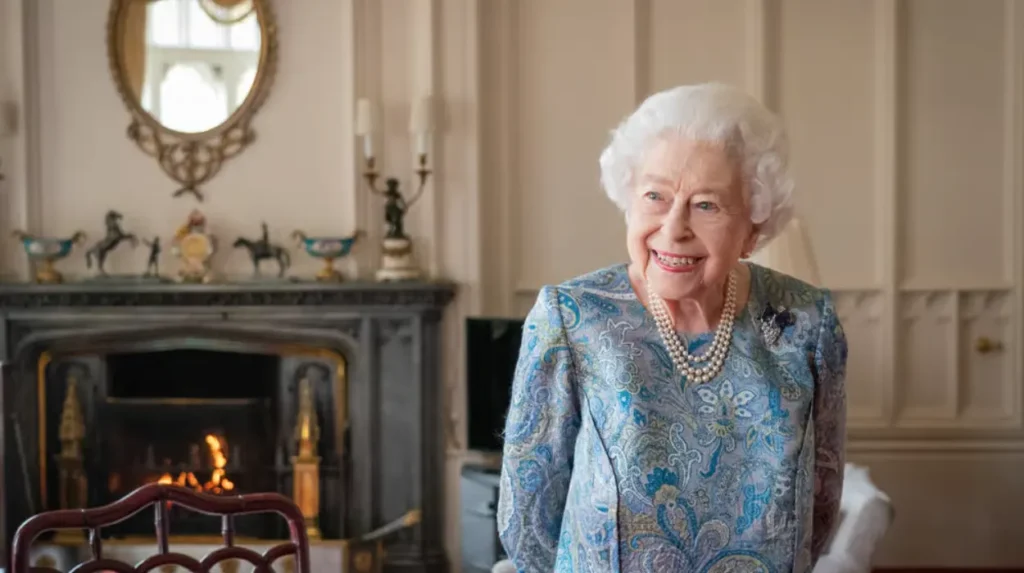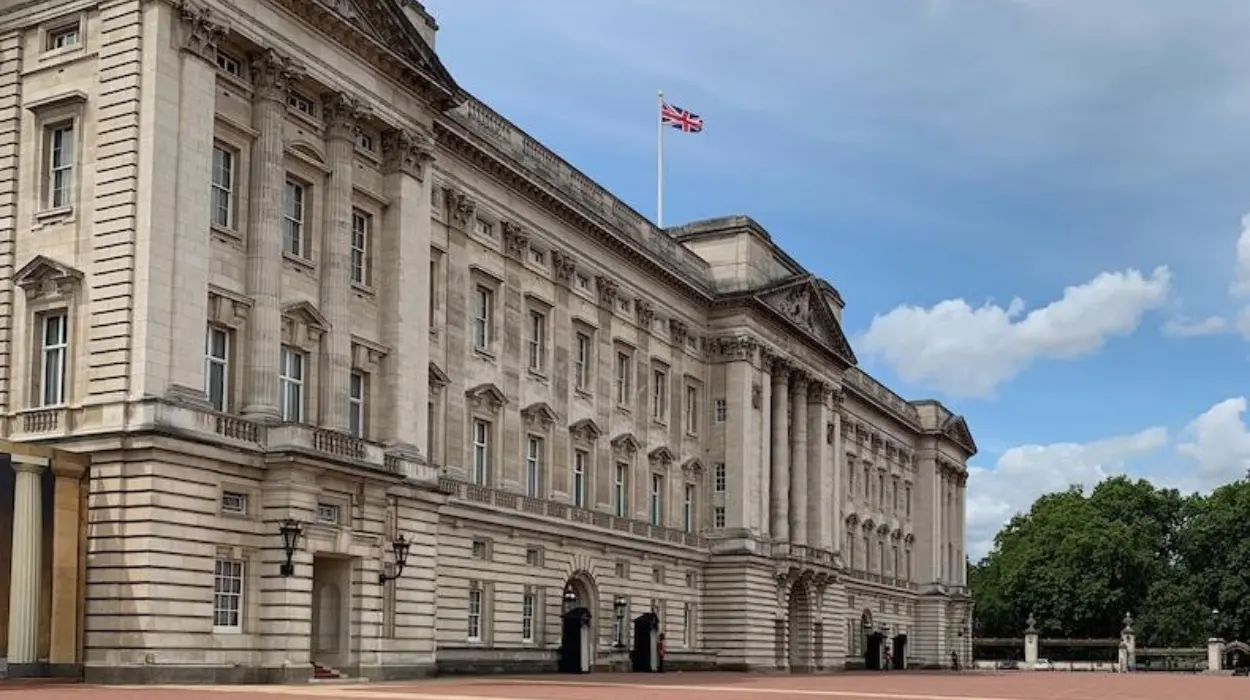The Privy Council in the UK is one of the earliest political institutions of the island that can be traced back to the days of the Middle Ages. At first, it was made to provide the monarch with advice in the areas of governance, law, and state affairs. As a result of the development of Parliament and the Cabinet system, the position of the Privy Council and its influence have been altered extensively during the last couple of centuries. Nowadays, the Privy Council is mostly ceremonial; however, it still has a big say in certain formalities such as the issuing of royal charters, the ratification of some laws, and the handling of judicial appeals, especially those from some Commonwealth countries, etc. The study of the Privy Council gives one an understanding of British constitutional history, which is a delicate interplay between tradition and modern governance.
What is the Privy Council?
The Privy Council is an advisory body to the monarch, and its members are known as Privy Counsellors. It is one of the oldest parts of the UK’s constitutional arrangements, with origins dating back to at least the 13th century. It operates under the royal prerogative. The Interpretation Act 1978 defines statutory references to the Privy Council as to “the Lords and others of His Majesty’s Most Honourable Privy Council”.
In Walter Bagehot’s terminology, the King heads the “dignified” part of the UK constitution (which includes the Privy Council), and the Prime Minister heads its “efficient” part (which includes the government). And although its authority declined along with that of the monarch, by the late 20th century the Privy Council “was a dignified but still functional part of the constitution.” One former Lord President has described its continued existence as
“more or less a constitutional and historical accident”. The Privy Council has no published standing orders, although it is given some functions by statute. It does not enjoy a high public profile. The constitutional academic Paul F. Scott has characterized the Privy Council as “a black hole at the center of the British constitution,” with the consequence that any “attempt to explain its functions tends towards vacuity.”
Originally, the Privy Council was the “executive instrument of the sovereign,” but as power was transferred to ministers of the Crown and a cabinet accountable to Parliament, its authority declined. As the historian Christopher Hibbert has observed, the “fiction” of the Privy Council’s authority has been preserved, its “theoretical authority” sustained by the requirement for all members of the Cabinet to be appointed Privy Counsellors.

History of the Privy Council
The English Privy Council had its origins in the Curia Regis, which was the court of English monarchs between the 11th and 13th centuries. It exercised legislative, judicial, and executive functions with the king as its absolute ruler. Nevertheless, decisions were reached following consultation with members of the Curia, which included barons, members of the Royal Household, great officers of state, and bishops.
Over time, different functions of the Curia began to separate, although the distinction between them “constantly blurred in practice.” A separate Exchequer (or Treasury) emerged during the 12th century, while the Common Law Courts, Court of Chancery, House of Lords, and Privy Council became distinct institutions in the 13th and 14th centuries. The Privy Council is generally regarded as the successor body to the Curia Regis21 and emerged at the end
of the 14th century. As the constitutional lawyer A. V. Dicey observed in an essay written in 1860, the Privy Council was:
Nothing else than the history of all the greatest institutions that make up our national constitution. Our Parliament and our law courts are the outgrowth of our council. In its history it is seen how not only institutions but also ideas assumed their modern form.

With the accession of King Richard II in 1377, the Privy Council (or King’s Council) became a more defined body. At this time, members were appointed on an annual basis, although later their tenure was extended to the duration of a monarch’s life. By the reign of Henry VI, the council usually consisted of the chancellor, the lord treasurer, the keeper of the privy seal, the chamberlain, two archbishops, and between 10 and 15 other members.
An oath bound members of the Privy Council to “advise the King according to the best of their cunning and discretion, to keep the King’s counsel secret, and to help in the execution of what should be resolved.” This was not required of all members. In 1386 the Archbishop of Canterbury was unwilling to be sworn in, while the Prince of Wales was excused in 1410 “because of his highness and the excellence of his honorable person.” The first Tudor monarch, Henry VII (1485-1509), reformed the Privy Council as an instrument of Crown authority and attended so regularly that it became reluctant to meet in his absence. The post of “President of the Council” was also created, as were the Council of Wales and the Marches (1473) and the Council of the North (1484), both “on the model of the Privy Council”.

Functions of Privy Council
The UK Privy Council advises the monarch on the carrying out of his duties, including the exercise of the royal prerogative and other functions assigned to the sovereign by acts of Parliament. These functions include
- Legislating for the British Overseas Territories;
- Assenting to legislation from the Crown Dependencies;
- Transferring functions between government departments;
- Transferring functions from the UK government and Parliament to devolved governments and legislatures;
- Issuing Proclamations—for example, those declaring bank holidays, new coinage, or dissolving Parliament;
- Granting and, if necessary, amending Royal Charters;
- Appointing members to certain professional bodies and approving the rules of those bodies;
- Acting, in the form of the Judicial Committee of the Privy Council, as the final court of appeal for the Crown Dependencies, Overseas Territories, and certain Commonwealth countries.
- In oral evidence to the Select Committee on Public Administration in 2003, then Conservative MP William Hague described the Privy Council as “the cloak that covers” a variety of important activities.
Many of the Privy Council’s decisions are expressed through Orders in or of Council. These have the force of law. The ministerial head of the Privy Council.


